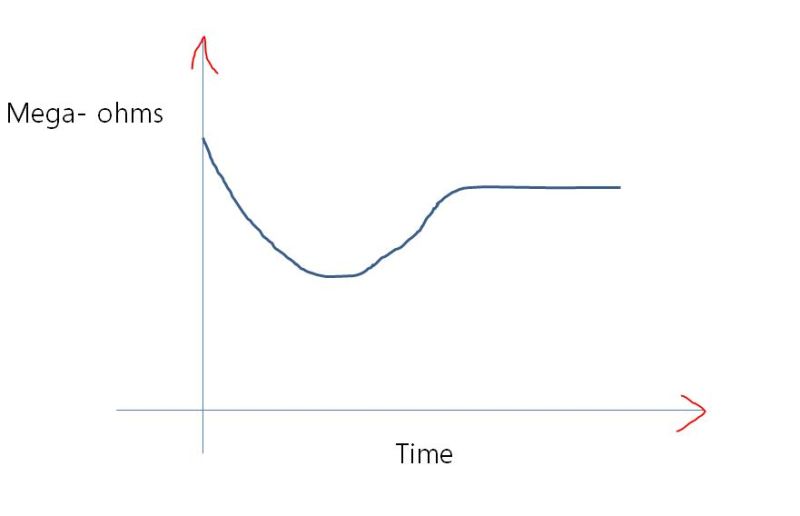Have anyone come across the method of keeping the medium voltage (say 11kV or 6.6kV) motor warm, by applying the low voltage to its terminals?
By applying the low voltage to its terminals, the current is directly passing thru the conductor and generating heat. Also, the shaft rotates slowly (say, 0.5 rmp), thus preventing the damage to the bearing and avoiding the shaft bending problem.
This is better than heating through the space heater, if you are keeping it for long term preservation.
Any experience or view?
By applying the low voltage to its terminals, the current is directly passing thru the conductor and generating heat. Also, the shaft rotates slowly (say, 0.5 rmp), thus preventing the damage to the bearing and avoiding the shaft bending problem.
This is better than heating through the space heater, if you are keeping it for long term preservation.
Any experience or view?

